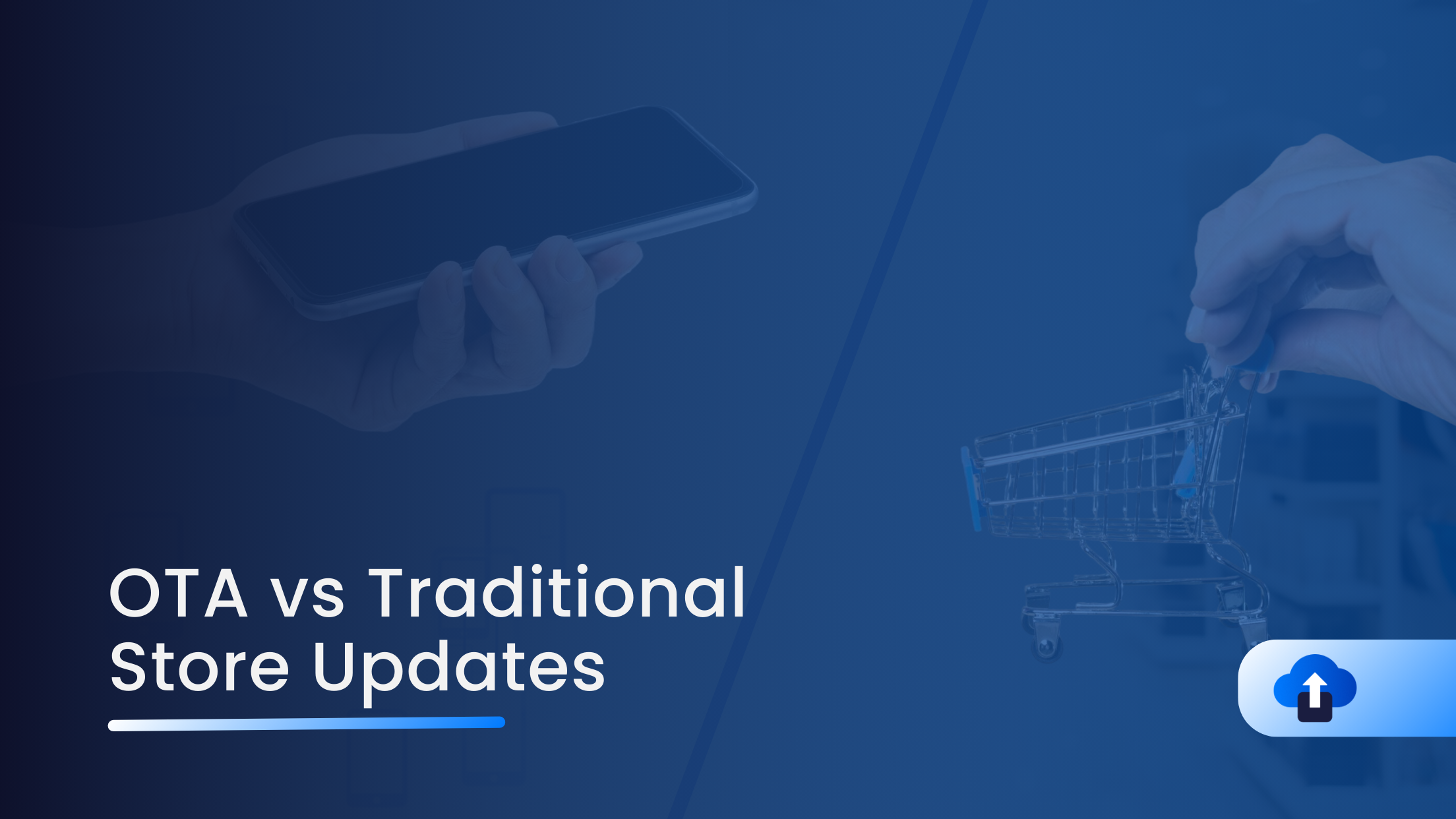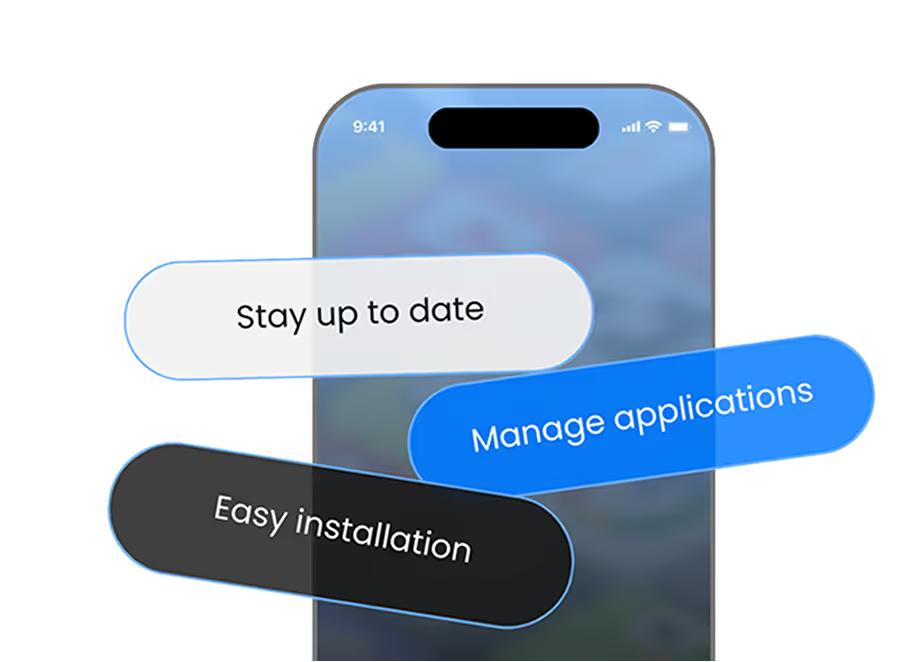
Updating mobile apps is more than just a technical task, it’s a critical part of user satisfaction, retention, and brand perception. Every delay in getting a bug fix or new feature into users’ hands can lead to frustration, app abandonment, and negative feedback. Traditional store updates (via App Store or Google Play) introduce various frictions: review wait times, manual updates, fragmented versions, etc.
Over-The-Air (OTA) updates offer an alternative: faster deployment, more consistent user experience, and less friction. In this post, we’ll compare OTA updates vs traditional store updates, looking specifically at speed and user experience, and show how a tool like AppsOnAir can help you improve both.
What Are OTA Updates vs Traditional Store Updates
Traditional Store Updates
- Delivered via Apple App Store or Google Play.
- Require app version to be submitted, reviewed, and approved by the store.
- Users must download updates via the store; it may require user action depending on settings.
- Native code changes always require full store deployment.
OTA (Over-The-Air) Updates
- Delivered directly by passing the store for non-native changes (e.g. UI, assets,configuration, hotfixes).
- Updates can be pushed automatically or triggered from the backend.
- Seamless delivery: often applied at app launch or in the background.
- Supports incremental or delta updates (only changed parts rather than full repackage).
Speed: How Fast Are Users Getting Updates
- Traditional store review delays: Depending on region and app complexity, reviews may take 24-72 hours or more. Unexpected delays (store outages, app rejections) can stretch this further.
- OTA delivery: Immediate or near-immediate (minutes to a few hours) for eligible changes; often visible to users much sooner.
- Impact on bug resolution: With traditional updates, a critical bug may stay live for days. OTA lets teams patch it quickly, reducing negative user impact.
User Experience Differences
Update Visibility & Friction
- Traditional: users often see a store badge or notification; sometimes forget to update.
- OTA: minimal interruption, updates feel seamless; sometimes automatic or with minimal prompt.
Version Fragmentation
- Traditional updates often result in many users on older versions (because users delay or ignore store updates).
- OTA updates help clusters of users receive the latest version nearly immediately, leading to more uniform experience.
Perceived Responsiveness & Trust
- When bugs are fixed quickly and features roll out smoothly, apps feel “alive” and wellmaintained.
- Users tend to trust apps more when updates are frequent, transparent, and do not require manual effort.
How AppsOnAir’s OTA Service Improves Speed & Experience
- Supports pushing immediate non-native updates (UI, assets, content) so users get fixes without store delays.
- Provides analytics on update adoption so you know how many users are on the latest version.
- Built-in rollback/versioning allows safe recoveries if an OTA update causes issues.
- Feedback tools (e.g. in-app feedback via AppRemark) help you catch problems early before wide release.
Conclusion
For modern mobile applications, especially those with frequent updates, feature tweaks, or needing rapid bug fixes, OTA updates are becoming not just a convenience — but a necessity. While traditional store updates remain important for major version changes and certain platform constraints, the speed and user experience benefits of OTA are substantial. Tools like AppsOnAir’s OTA service allow teams to deliver updates quickly, reduce friction for users, and provide more consistent, responsive app experiences.
By combining OTA updates with solid testing, feedback loops, and version control, you can minimize user friction, avoid stale app versions, and build trust with your users — ultimately helping retain users and grow through better app reviews and fewer technical issues.












